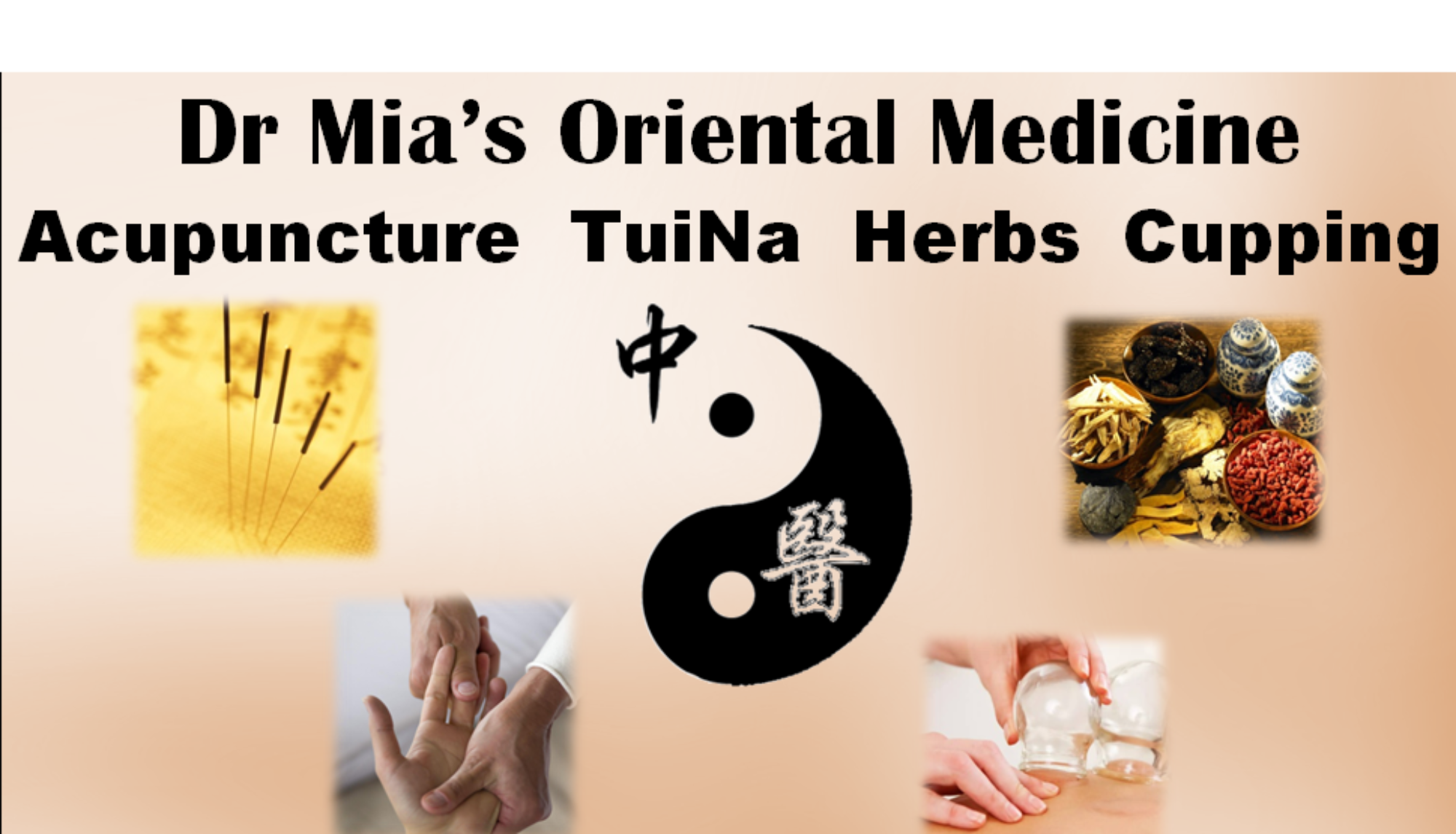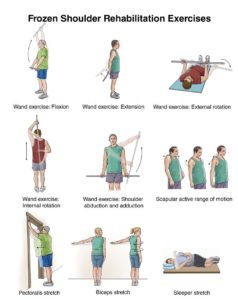
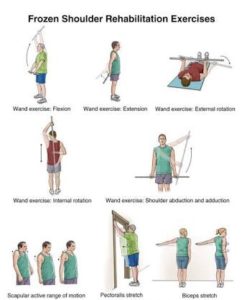
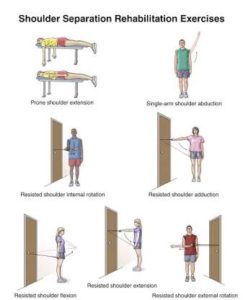
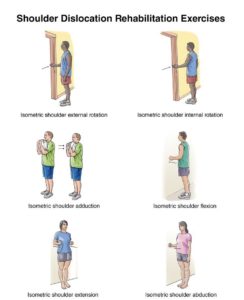
Common Causes and Conditions of Shoulder Pain
Shoulder pain can stem from various issues, including muscle imbalances, joint problems, injuries, and systemic conditions. Below are the most common causes:
1. Muscle and Tendon Issues
- Rotator cuff tendinitis (inflammation of shoulder tendons)
- Rotator cuff tear (partial or complete tear of tendons)
- Biceps tendinitis (inflammation of the biceps tendon)
- Muscle strains (overuse or sudden movements)
2. Joint and Structural Problems
- Frozen shoulder (adhesive capsulitis) (stiffness and reduced mobility)
- Shoulder impingement (pinched tendons or bursa)
- Osteoarthritis (cartilage degeneration)
- Labral tear (damage to the cartilage ring in the shoulder socket)
3. Nerve-Related & Referred Pain
- Cervical radiculopathy (pinched nerve in the neck causing shoulder pain)
- Thoracic outlet syndrome (compressed nerves/blood vessels near collarbone)
- Referred pain from heart, gallbladder, or liver issues
4. Injuries and Trauma
- Dislocation/subluxation (shoulder joint forced out of place)
- Fractures (collarbone, humerus, or scapula breaks)
- AC joint separation (ligament injury from falls or impacts)
5. Systemic & Inflammatory Conditions
- Rheumatoid arthritis (autoimmune joint inflammation)
- Gout or pseudogout (crystal deposits in the joint)
- Fibromyalgia (chronic pain syndrome)
Rehab Exercises at Home After and Between TCM Treatments
After TCM therapies (acupuncture, cupping, tuina, or herbal remedies), gentle rehab exercises can enhance healing, restore mobility, and prevent stiffness. Below are safe and effective exercises to do between sessions.
1. Mobility & Stretching Exercises (Improve flexibility, reduce stiffness)
A. Pendulum Stretch (Codman’s Exercise)
- How to do it:
- Lean forward slightly, supporting yourself with a table.
- Let your affected arm hang loosely, then gently swing it in small circles.
- Reps: 10 circles clockwise & counterclockwise
- Benefits: Relieves stiffness, promotes synovial fluid movement.
B. Cross-Body Shoulder Stretch
- How to do it:
- Bring one arm across your chest, using the other arm to gently pull it closer.
- Hold for 15–30 seconds, then switch sides.
- Reps: 2–3x per side
- Benefits: Stretches the posterior shoulder and rotator cuff.
C. Sleeper Stretch (For Internal Rotation Mobility)
- How to do it:
- Lie on your side, affected arm bent at 90°.
- Gently press the forearm down with the other hand until a stretch is felt.
- Hold: 15–30 sec
- Benefits: Improves internal rotation (helpful for frozen shoulder).
2. Strengthening Exercises (Rebuild rotator cuff and scapular stability)
A. Resistance Band External Rotation
- How to do it:
- Hold a resistance band with elbows at 90° and close to your sides.
- Rotate forearms outward slowly, then return.
- Reps: 10–15x
- Benefits: Strengthens infraspinatus & teres minor (rotator cuff).
B. Scapular Squeezes (Shoulder Blade Retraction)
- How to do it:
- Sit/stand tall, squeeze shoulder blades together (like holding a pencil).
- Hold for 5 seconds, then relax.
- Reps: 10–15x
- Benefits: Improves posture, reduces rounded shoulders.
C. Wall Push-Ups (Modified for Shoulder Rehab)
- How to do it:
- Stand facing a wall, hands on wall at shoulder height.
- Slowly bend elbows to bring chest toward the wall, then push back.
- Reps: 8–12x
- Benefits: Gentle strengthening without joint strain.
3. TCM-Inspired Relaxation & Qi Flow Exercises
(Promote circulation and energy flow according to TCM principles)
A. Shoulder Rolls (Qi Gong Style)
- How to do it:
- Inhale while lifting shoulders up toward ears.
- Exhale while rolling them back and down.
- Reps: 5–10x
- Benefits: Releases tension, improves Qi flow.
B. Meridian Tapping (Jian Jing GB-21 Point)
- How to do it:
- Gently tap or massage the Jian Jing (GB-21) point (top of shoulder muscle).
- Use fingertips in circular motions for 30 seconds.
- Benefits: Relieves stiffness, promotes energy flow.
Precautions & Tips
✔ Start gently – Avoid sudden or forceful movements.
✔ Stop if pain increases – Mild discomfort is normal, but sharp pain means stop.
✔ Use heat before exercises – A warm towel or heating pad can relax muscles.
✔ Stay consistent – Perform 2–3x daily for best results.
When to Avoid Exercises
- Right after cupping (wait 24 hours if skin is sensitive).
- If TCM practitioner advises rest (e.g., after intense tuina or acupuncture).
- If pain worsens or causes numbness/tingling (possible nerve issue).
By combining TCM treatments with these rehab exercises, you can speed up recovery, restore mobility, and prevent future shoulder pain. Always consult your TCM practitioner before starting new exercises.
